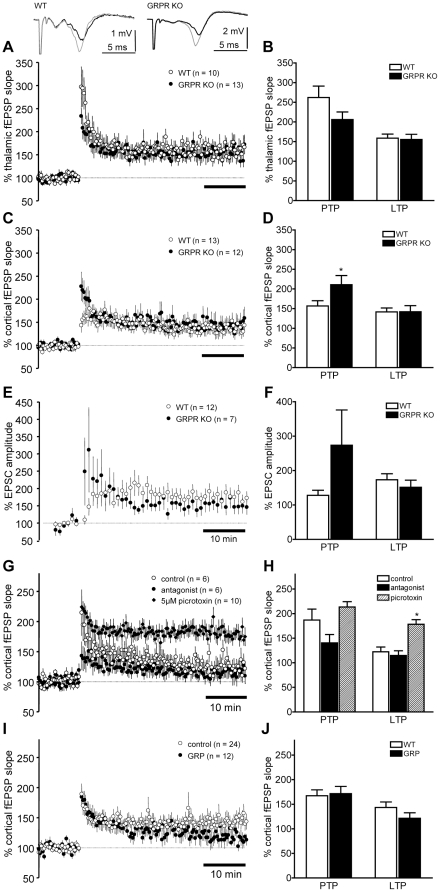Figure 3. Long-term potentiation in the LA is not changed in GRPR KO mice or by agonist/antagonist application.
A) Thalamic afferents were stimulated to evoke field excitatory postsynaptic potentials (fEPSPs) in the LA. Inset shows sample averaged traces (10 sweeps) from the 10 min baseline period (black) immediately before applying the tetanus (5×100 Hz/1 s trains, 20 s inter-train interval) and 40 min after the tetanus (grey). B) Mean ± s.e.m. of the change in fEPSP slope in the first 2 minutes after the tetanus (PTP) and 30–40 min after the tetanus. C,D) As in A,B except that cortical afferents were stimulated to evoke fEPSPs in the LA. E,F) Cortical afferents were stimulated at 30 s intervals to evoke EPSCs recorded from LA pyramidal neurons at −70 mV with the whole-cell voltage clamp technique. After a 10 min baseline 80 stimuli at 2 Hz were paired with depolarization to 30 mV. G,H) Long-term potentiation of cortico-LA fEPSPs induced by 5×100 Hz/1 s trains was not affected by bath application of 1 µM (D-Phe6,Leu-NHEt13,des-Met14)-Bombesin(6–14). Reducing inhibitory inputs by addition of 5 µM picrotoxin increased LTP. I,J) 1 µM GRP also did not significantly affect cortico-LA LTP.

